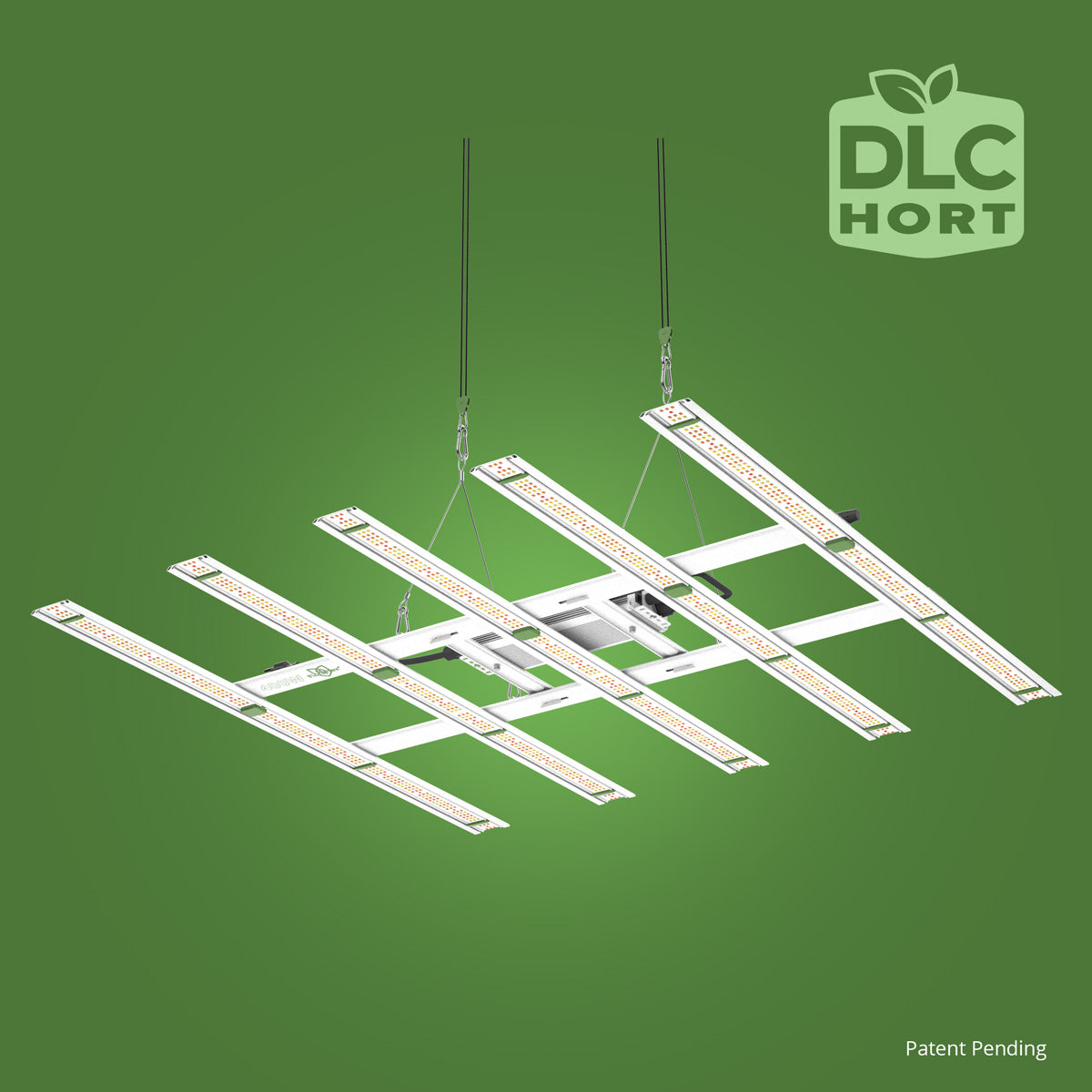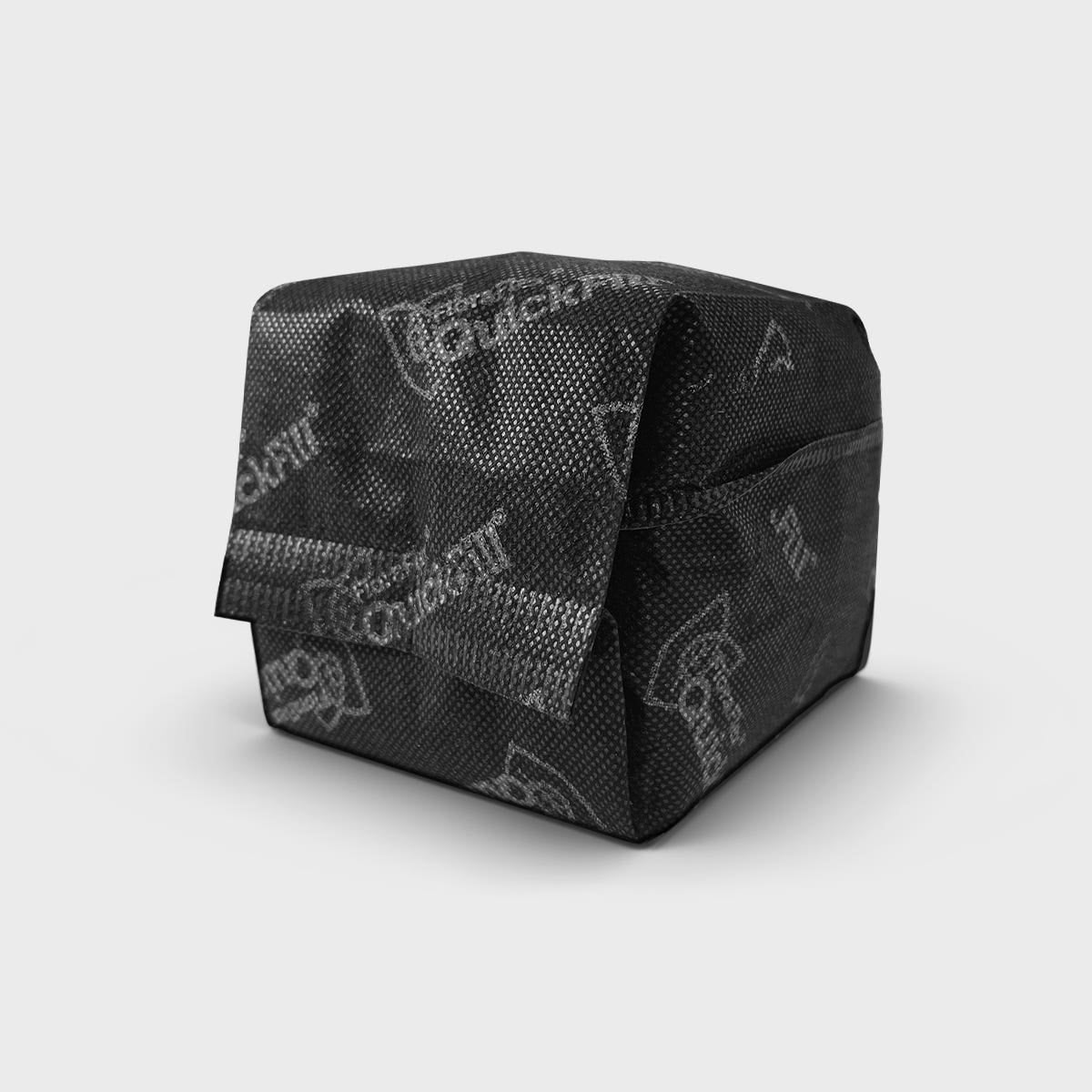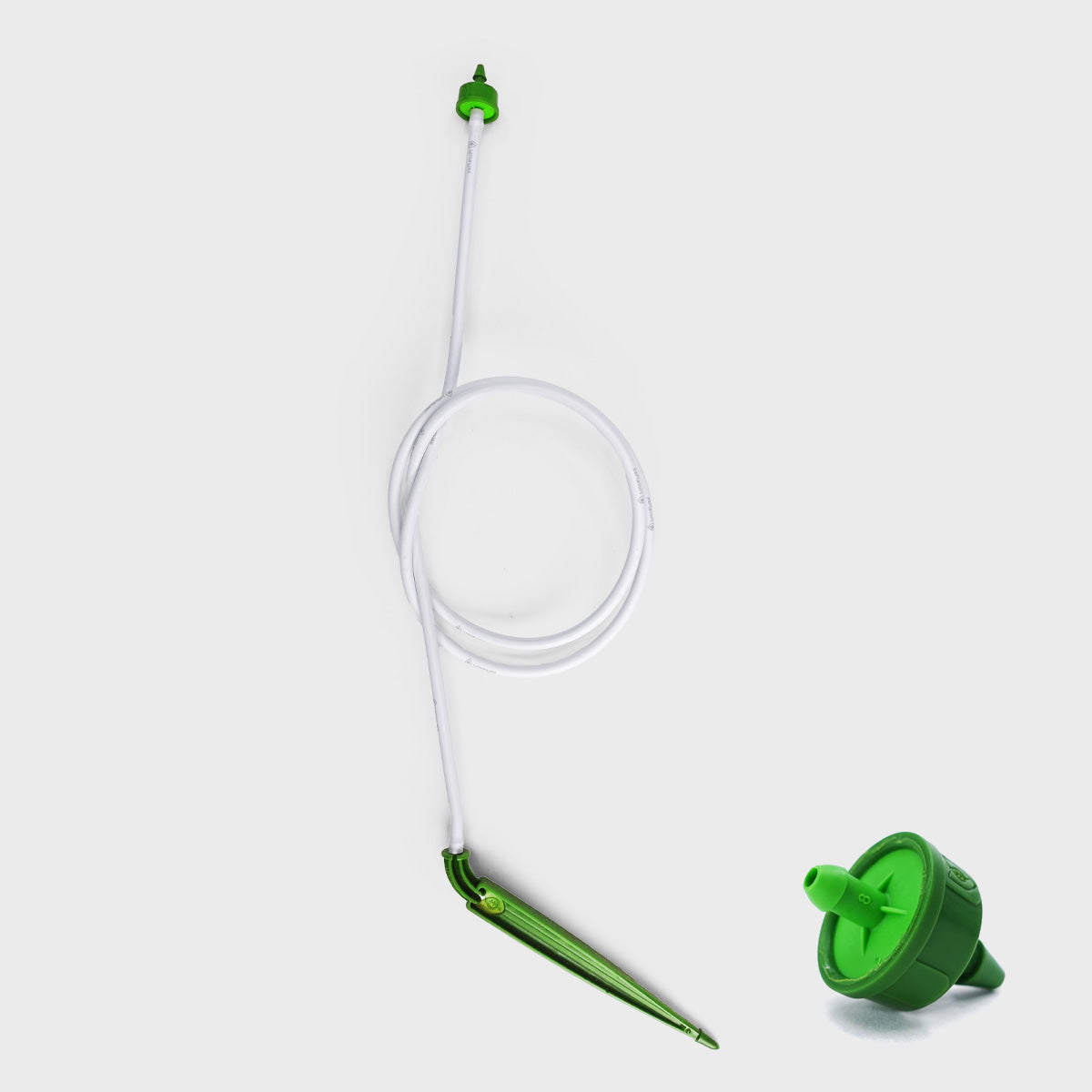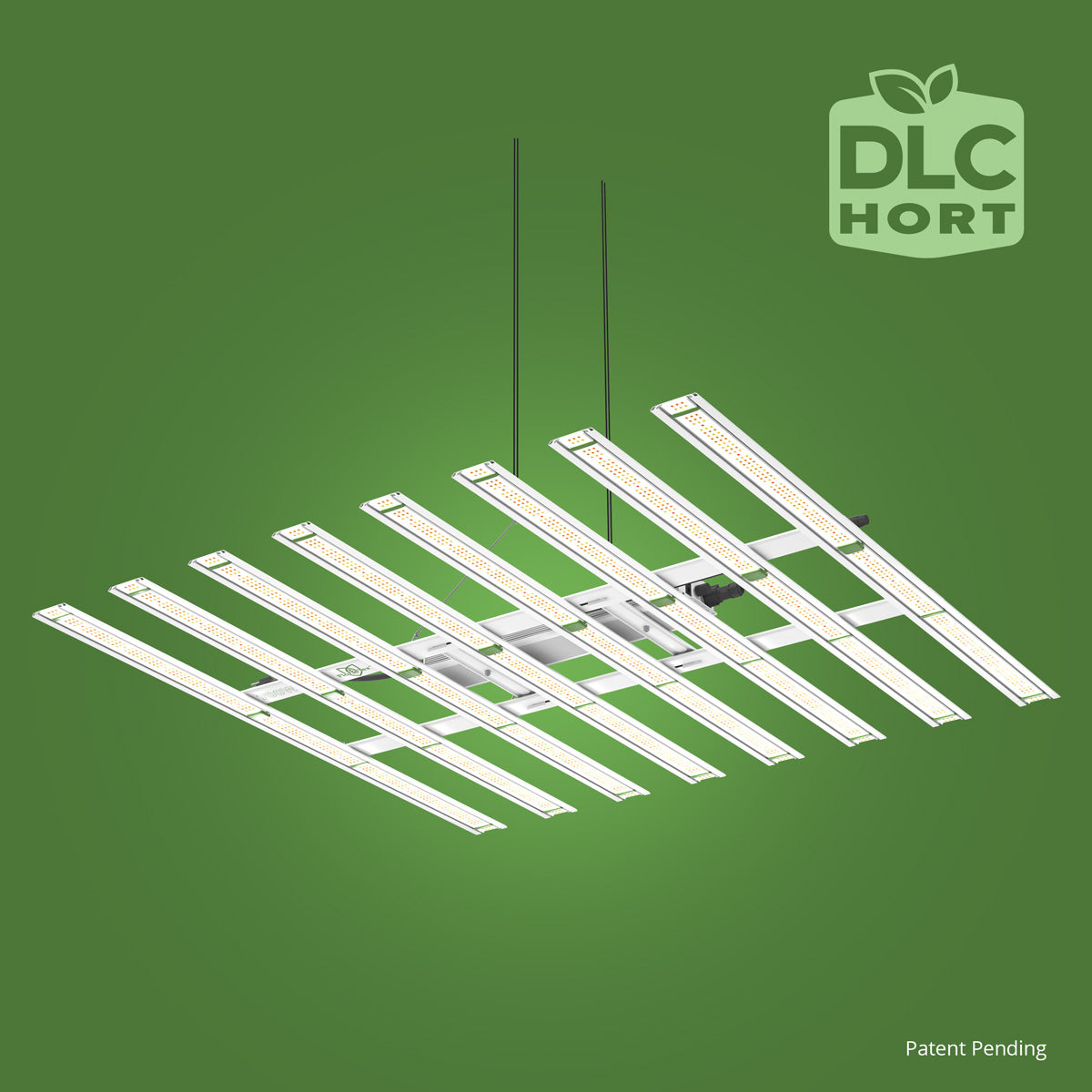Over the years, indoor gardening has dramatically evolved, with LED grow lights playing a pivotal role in cultivating healthier plants. Understanding the historical development of LED technology offers fascinating insights into how these innovations have shaped modern indoor agriculture practices.
From Concept to Renowned Utility
The journey of LED grow lighting development began in the early 1960s with the invention of the first light-emitting diodes. Initially, LEDs were limited to red-spectrum emissions, making them ineffective for plant growth alone. However, technological advancements, mainly in the late 20th century, brought about full-spectrum LEDs, mimicking natural sunlight and proving to be revolutionary for indoor growers.
Throughout the years, experimentation and scientific research revealed how different light spectrums affect plant physiology, leading to the development of full-spectrum LED grow lights. This understanding allowed manufacturers to custom-tailor grow lights specific to various plant needs, promoting more efficient growth cycles.
Achievements in LED Grow Lighting
Today, notably in products like the Patent Pending 900W Full Spectrum LED Grow Light, technological leaps have provided cultivators with unprecedented control over their growing environment. This product not only mimics the natural sunlight spectrum but also incorporates custom diodes, optimizing light output for specific growth stages.
Similarly, the Patent Pending 400W Full Spectrum LED Grow Light reflects these advancements, offering energy efficiency and tunable spectrums—making it a superb choice for smaller setups or supplementing larger systems.
Lessons Learned from LED Evolution
- Energy Efficiency: One of the most significant lessons is the importance of energy efficiency. LED grow lights have paved the way for reducing electrical consumption without compromising light output, essential for sustainable growing practices.
- Customizability: The ability to tailor light spectrums precisely has allowed cultivators to maximize yields and quality. Understanding plant-specific light requirements can lead to more focused and productive growth strategies.
- Durability and Longevity: Modern full-spectrum LED grow lights are not only efficient but also durable, providing growers with options that outlast older lighting technologies, thereby reducing waste and long-term costs.
- Environmental Impact: LED technology has minimized the environmental impact by providing energy-saving solutions and reducing heat output, thus mitigating greenhouse gas emissions associated with temperature control.
LED grow lights represent an intersection of technology and agriculture, offering a dynamic field brimming with opportunities for innovation. As we continue to learn from historical development, products like those available at FloraFlex are testament to how far this technology has come. The future holds endless possibilities for continued enhancements in sustainable indoor growing.
Keeping the lessons of history in mind, growers today can make informed decisions, leading to healthier plants, optimized growth, and a more sustainable planet.
For more information on innovative grow light solutions, explore the offerings at FloraFlex.









